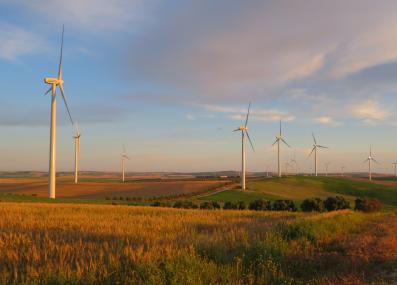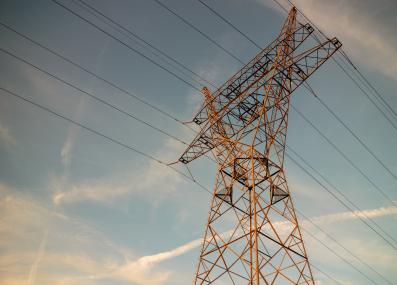Have a question?
Is it true that wind turbines don’t work in the winter?
No: with proper preparation, wind turbines can work in extreme cold temperatures and in snow and ice.
Updated January 8, 2024
Wind projects are generating electricity today in a wide variety of locations and environments, including cold climates like Finland and Sweden and extreme environments like the cold waters of the North Sea. Wind turbines in these environments are outfitted to cope with snow, ice, and extreme cold. International design standards actually require that wind turbines can work at temperatures down to -4° Fahrenheit. Turbines engineered for cold climates—using technologies like cold-resistant steel and heaters to warm them—can work at temperatures down to -22° Fahrenheit.1
In the United States, data from 2001 to 2013 shows that the performance of wind farms during winter months is about average.2 Even when it’s cold, output continues to be high in regions where winter means snow and frigid temperatures, including New England and the Midwest.3
But ice can be a problem for turbines that are not prepared to operate in icy conditions. During Texas’ record cold weather in 2021, which took electric systems down and led to the deaths of at least 246 people,4 some wind farms stopped producing electricity because some turbines iced over or were not designed to operate in such cold temperatures, which can make equipment brittle.1 But that was a flaw in preparation, not in wind power itself. Indeed, Texas saw a much bigger shortfall in natural gas—which supplies most of the state’s electricity5—than in wind energy during that freeze, because the state’s natural gas infrastructure, too, had not been weatherized for extreme cold.6
“The primary issue with the wind turbines in Texas is that such extreme cold weather was not expected based on the historical record of weather, and therefore the developers did not weatherize the wind turbines,” says Michael Howland, MIT professor of civil and environmental engineering. “Wind turbines operate in much colder locations than Texas, and dealing with icing is very straightforward and common through weatherization.”
When extreme weather happens in places where turbines are not outfitted with weatherizing technologies like water-resistant coatings or heaters to repel and melt ice, wind energy production can suffer. Engineers continue to experiment with the best materials and heating mechanisms to ensure that cold-weather turbine equipment functions at its most efficient, but the global installation of more than 900 gigawatts of wind7—including a few turbines operating in Antarctica—indicates that turbines can absolutely continue working in cold and wet weather.
Reliable wind energy also depends on the resilience of other electric infrastructure, like power lines, to extreme cold. Even if a turbine is able to produce electricity at low temperatures, it needs to be able to transport that electricity to function properly. Transmission and distribution lines, which carry electricity from where it’s produced to where it’s consumed, can get iced over or torn down in storms. Building an overall more resilient electric grid will help prevent outages and blackouts as climate change advances and causes more extreme weather.
“Since extreme weather is increasingly affected by climate change, we may need to revisit which locations require wind turbine weatherization,” says Howland.
Thank you to Julie Grant of Rowland Heights, California, for the question. You can submit your own question to Ask MIT Climate here.
1 National Renewable Energy Laboratory: "Examination of the Extreme Cold Weather Event Affecting the Power System in Texas - February 2021."
2 U.S. Energy Information Administration: "Wind generation seasonal patterns vary across the United States," February 25, 2015.
3 U.S. Energy Information Administration: "U.S. wind generation falls into regional patterns by season," November 30, 2022.
4 Texas Department of State Health Services: "February 2021 Winter Storm-Related Deaths - Texas," December 31, 2021.
5 Texas Comptroller: "Texas’ Electricity Resources," Lisa Minton, August 2020.
6 Electric Reliability Council of Texas: "Update to April 6, 2021 Preliminary Report on Causes of Generator Outages and Derates During the February 2021 Extreme Cold Weather Event," April 27, 2021. For a readable summary of these findings, see, "Texas largely relies on natural gas for power. It wasn’t ready for the extreme cold," Erin Douglas, Texas Tribune, February 16, 2021.
7 Global Wind Energy Council: "Global Wind Report 2023."








